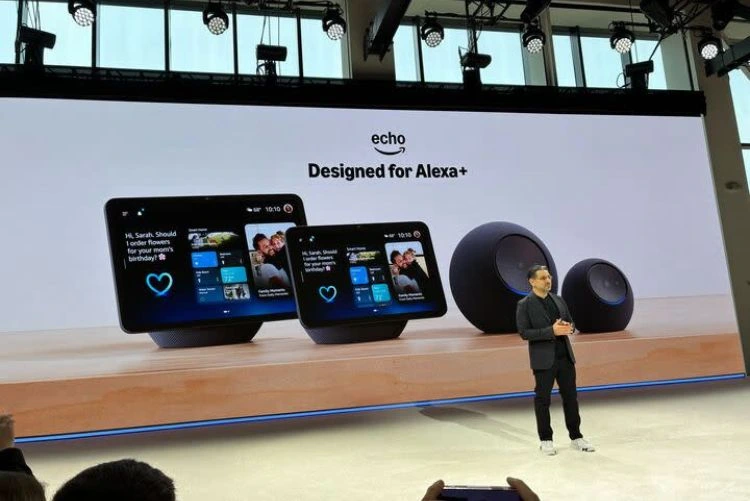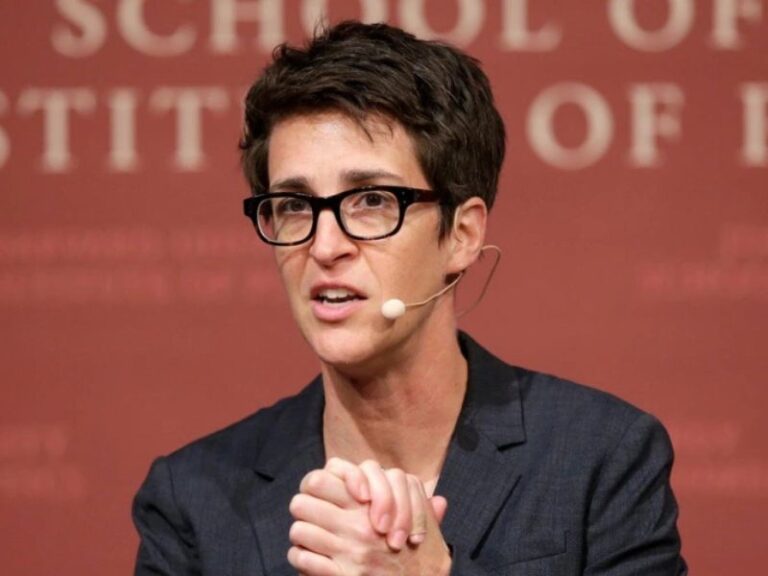Amazon’s 2025 Hardware Event: The 8 Biggest Announcements

Amazon just held its 2025 fall hardware event in New York, and it was packed with upgrades, new gadgets, and AI-powered features. The main theme: integrating Alexa+, the AI version of Alexa, deeper into every device from TVs to cameras to e-readers. Below, I’ll walk you through the eight biggest things Amazon announced, and what they mean for users like us.
1. New Echo Devices with Alexa+ Built In
One of the headline spots went to Echo smart speakers and displays. Amazon launched four new Echo models that come ready with Alexa+ out of the box. Among them:
-
Echo Dot Max — a new version of the Dot with more bass, better fabric, and design.
-
Echo Studio (new generation) — smaller than the original, supports spatial audio, Dolby Atmos, and upgraded internals.
-
Echo Show 8 and Echo Show 11 — upgraded smart displays, better cameras, improved design, slimmer bezels, more power.
All these devices are built to handle Alexa+ better, with more processing power and new sensors (Omnisense) to detect what’s happening in the room (like when someone enters).
This means your smart speaker or screen will feel smarter, with faster responses, context awareness, and deeper integration into your home. But of course, how well Alexa+ works in real life is something we’ll test over time.
2. Fire TV Upgrade: New TVs & Fire TV Stick 4K Select
Amazon didn’t skip the TV world. They revealed a new Fire TV series, including a flagship Omni QLED model, along with refreshed 2-series and 4-series TVs. These new models have features like:
-
Omnisense presence detection — the TV wakes when it senses someone entering the room.
-
Built-in Alexa+ — talk to Alexa right from the TV without needing a remote.
-
Brighter displays, better local dimming, and improved processors.
Alongside the big TVs, Amazon introduced a new Fire TV Stick 4K Select for $39.99. It supports HDR10+, faster app launches, and works with major streaming services. It will also support Xbox gaming, Luna, and Alexa+.
So whether you want a full TV upgrade or just a streaming stick, Amazon covered both ends.
3. Kindle Scribe Upgrades — Including a Color Model
Kindle got a serious refresh. Amazon introduced three new Kindle Scribes, and one of them is the Kindle Scribe Colorsoft, which has a color E Ink display.
Other improvements across the new Scribes include:
-
Thinner bezels, sleeker design.
-
Lighter body (less weight than the last versions).
-
Smarter software — AI features that can help summarize your notes, better note-taking integration, new “Workspace”, and Home changes.
This means Amazon is pushing the Kindle Scribe not just as a book reader + pen device, but as a productivity tool. If you like reading and writing, this could be a meaningful upgrade.
4. Ring Cameras & Doorbells with “Retinal Vision” and 4K
Home security also got a boost. Amazon’s Ring lineup got a major update with 2K and 4K cameras, and a new image processing tech called “Retinal Vision.”
Some of the new features:
-
AI facial recognition called “Familiar Faces” can tell you who is at the door.
-
New Search Party for lost pets, which uses data from Ring cameras.
-
New doorbells (Wired Doorbell Pro 4K, etc.) and upgraded outdoor cams, floodlight cams.
-
Alexa+ integration — smart responses to delivery or visitors, etc.
These changes push Ring beyond a simple security camera; Amazon wants it to be intelligent and proactive.
5. Blink Cameras & Blink Arc
Blink, another Amazon camera brand, also got updates:
-
Blink Outdoor 2K+ with better battery life, improved detection, and noise cancellation.
-
Blink Mini 2K+ for indoors.
-
Blink Arc — two cameras stitched to provide a 180-degree panoramic view from a single device.
This offers a less cluttered setup for wide-area coverage, reducing blind spots.
6. Alexa+ and Omnisense — AI & Context Awareness
All of these devices share a common thread: Alexa+, the upgraded, AI-powered assistant. Amazon is placing Alexa+ at the center of its hardware ecosystem.
Another tech name Amazon emphasized is Omnisense, which uses multiple sensors to detect presence, motion, lighting, etc. This helps devices know when someone enters a room, adapt to environments, or respond more naturally.
Together, these make the whole lineup feel more aware, more responsive, and more seamless. But again, real performance will depend on how accurate the sensors and AI are in day-to-day living.
7. New Specs & Chips — AZ3, AZ3 Pro & Vega OS
Under the hood, Amazon introduced new hardware and software to support all these advances.
-
The AZ3 and AZ3 Pro chips power the new Echo devices, giving them more speed, better on-device AI, and better performance overall.
-
Fire TV and the new Stick run on a new operating system called Vega OS, replacing or supplanting FireOS in some devices.
-
The new TVs and TVs’ internals also got upgrades: better displays, more dimming zones, processors, etc.
These improvements are critical because running AI features locally, faster reaction times, and seamless integration of multiple devices require stronger chips.
8. Ecosystem & “Home Theater” Linking
Amazon also pushed how its devices can work together. Two examples:
-
Alexa Home Theater — you can link up to five Echo Studio or Echo Dot Max speakers with Fire TV for a surround sound experience.
-
Scene controls and smarter interactions across device types. For example, TV + Echo + Ring working in concert: the TV can respond to voice, Ring can detect presence, and Echo can talk back. Amazon is trying to pull all devices closer into one integrated smart home.
This is Amazon’s vision: all hardware is part of a connected system where your home gadgets talk to each other naturally.
What This Means for Users
These announcements show Amazon doubling down on its hardware + AI vision. A few takeaways:
-
If you’re waiting to upgrade your smart home, these new devices might be worth considering—especially if you care about AI, voice, and integration.
-
Alexa+ is still in an early stage; just having it on the device doesn’t guarantee flawless performance.
-
Hardware is only part of the story; software updates, privacy, and AI accuracy will decide how useful these are.
-
Some devices are good incremental upgrades (Echo Show, TVs), others are more bold steps (Kindle Scribe Color, Blink Arc).
-
Amazon is trying to close the gap with competitors (Google, Apple, etc.) by blending AI + hardware more tightly.
Final Thoughts
Amazon’s 2025 hardware event was ambitious and wide-ranging. From rethinking Echo devices to reinventing TV, home security, and e-readers, the company is betting on AI + hardware working together.
The eight major announcements remind us that Amazon doesn’t just want to sell you a device; it wants to build a complete, smart, connected home ecosystem where Alexa+ learns and adapts. Whether they will succeed depends on real-world reliability, voice understanding, privacy, and how well these devices perform over time.
If you live in a smart home already, many of these upgrades will feel like logical next steps. If not, and you’re considering entering that world, this is a strong signal about where Amazon is heading next.






